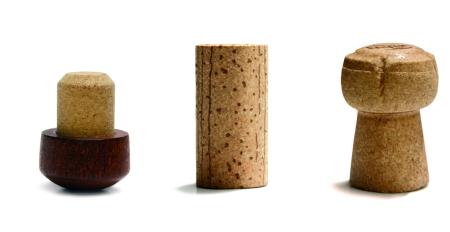
Objective:
The objective of this study is to determine the proportion of cork that micro-agglomerated and synthetic cork stoppers should contain to assure that their mechanical properties are similar to those of a natural cork stopper. The properties that characterize the mechanical behaviour of the stoppers in the corking and uncorking operations are: compression, relaxation and extraction.
Context:
Most of the wines exported in the world are bottled wines (72%) and it is estimated that between 65-70% of the latter are sealed with stoppers made from cork, while the rest are sealed with synthetic cork or plastic stoppers (15-18%) or metal screw tops (15-18%). An adequate seal should hardly interact with the wine and should properly regulate the gas exchange with the external atmosphere, ensuring excellent preservation and gradual evolution of the wine in the bottle. To evaluate the behaviour of wine bottle stoppers; chemical, sensorial, mechanical and physical approaches can be used. This study addresses the issue from a mechanical perspective.
Contacts:
Mariola Sánchez-González, msanchez@inia.es, INIA
Further information:
Sanchez-Gonzalez, M., & Pérez-Terrazas, D. (2018). Assessing the percentage of cork that a stopper should have from a mechanical perspective. Food Packaging and Shelf Life, 18, 212-220.